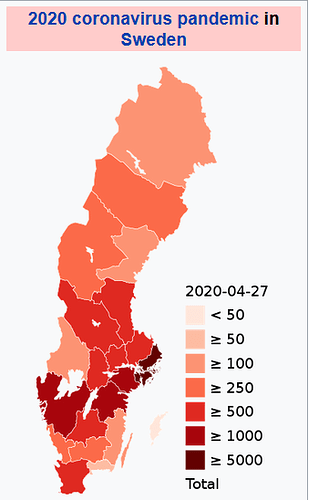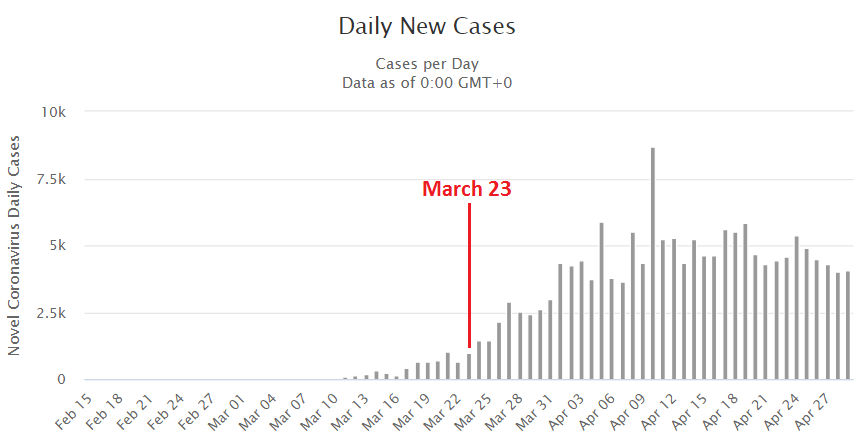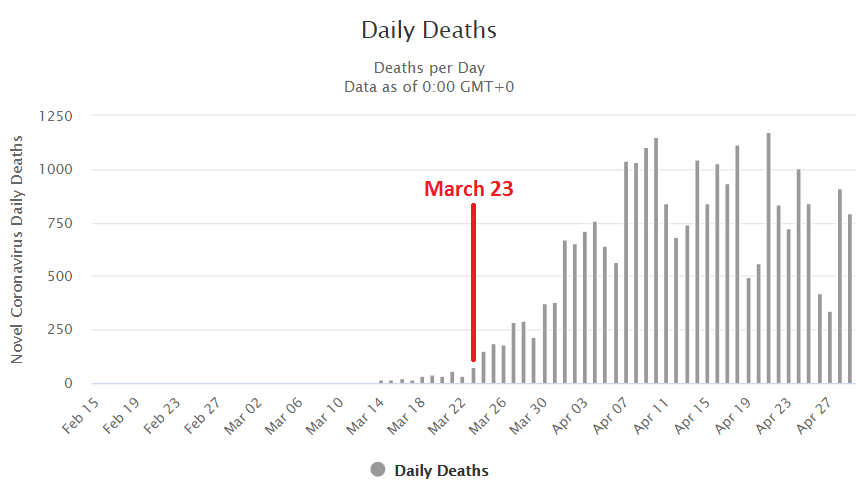Sure, but we are talking about often substantial deaths in addition to expected ones, not in place of them. Anywhere that the medical system gets overwhelmed or even close to it - what rational suggestion that they should have done less can there be? At the worst, New York City had people dying at 6 times the normal rate.
“Prepare for the worst and hope for the best.” – In most places (at least by geographical area) medical systems have not been truly overwhelmed. But we did not know in the beginning just how bad things would be. That “the worst” didn 't happen in a given area is a good thing - and it’s no argument against taking precautions.
No, because we indeed did not know what all would happen in the future. If the lethality was higher, more like an ebola, etc., then there would be much less pushback against restrictions. Mostly, we’d have people complaining about the lack of political action and that too little was done too late. (And indeed that would be true - at that point it’s too late to fix it.)
Now that we know more, the talk is turning toward lifting restrictions or not, etc., all the whats and whens. We also don’t know where the numbers will end up. The virus hasn’t really gotten into most of the world’s population, across Asia and Africa.
The U.K. is rather in the “middle ground” - it’s far from the worst in the world, as far as virus deaths, but it also has roughly 100 times the per-capita deaths of the few countries that really acted surely and quickly. Some people think that much more should have been done, and some think too much was done - I think that’s always going to be the case, the way things are now.
Nick, (at this time) I think the rate for the U.S. as a whole will be well under 1% for sure. But even the initial Imperial College report in the U.K., the “worst case if nothing is done” deal that many people refer to, only had a rate of ~0.67% for the U.S. and 0.75% for the U.K. (the difference being the slightly-older U.K. population).
Well said, and (gulp…) you’re right…






